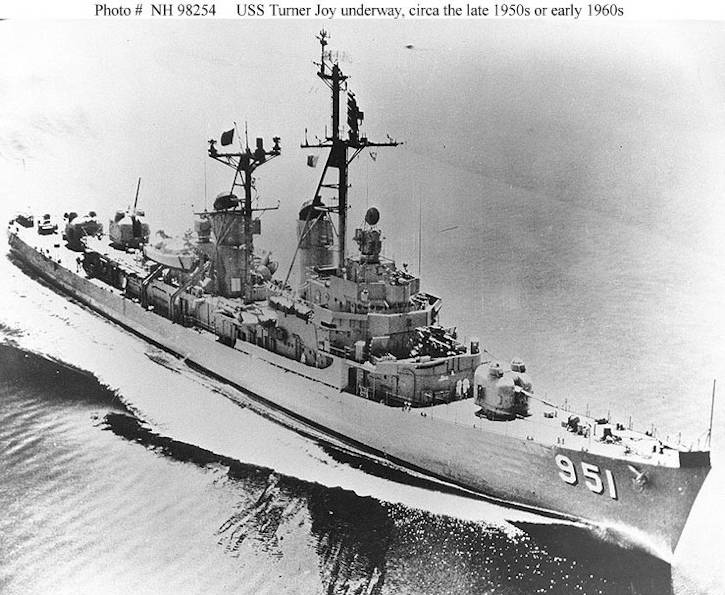Kan' Sharuminar
Fluffy
Rambuchan said:My flagship rubber ducky would have out manoeuvered that transport, under my deft stewardship. And, with just one wheezy like quack, would have blown it clean out of the water.
Well obviously. Ducks pwn all

Rambuchan said:My flagship rubber ducky would have out manoeuvered that transport, under my deft stewardship. And, with just one wheezy like quack, would have blown it clean out of the water.

I dunno. I hear that Toys'r'us are now selling a most formidable submarine froggy division (in all the colours of the rainbow). Please, don't fall into the trap of being a complacent rubber duckyist.Kan' Sharuminar said:Well obviously. Ducks pwn all
Rambuchan said:I dunno. I hear that Toys'r'us are now selling a most formidable submarine froggy division (in all the colours of the rainbow). Please, don't fall into the trap of being a complacent rubber duckyist.




IglooDude said:I'll freely concede some bias here, but have you taken a look at the (relatively) new Arleigh Burke class of destroyers? They've gone back to steel construction for the superstructure, and by all accounts are considerably tougher to sink than your average Knox, Perry, or Spruance.
But IIRC submarines aren't technically ships, they're boats.C~G said:Now that there are plenty of surface vessels already posted...



I think in this case they should pass since creating new thread just for them would seem less thrilling.Verbose said:But IIRC submarines aren't technically ships, they're boats.

carlosMM said:Maybe. Lemme look Monday for that pic I have of a destroyer hit by a harppon missile (it's on my work PC, IIRC). Steel superstructure doesn't make a difference at all - the missile removed everything above the waterline and some below for a length of roughly 12 feet I'd estimate. If the ship had been moving it would probably have broekn in half right there.
it gets cool rather quickly at a depth of a few hundred feet, tooIglooDude said:Steel gets soft and melty at far higher temperatures than aluminum - AFAIK it doesn't resist impact damage that much better, but the resulting fires is where it is nice to have.

Yeah, let me quote an former NAVY engineer gone care engineer I met a while ago: "It is the same as with cars: compare a New Beelte to a bettle - newer versions get bigger, sturdier, safer, more complex - and much much more expensive. So you can buy fewer and fewer for the buck"Also, the Burkes have some armor (minimal by WWII standards) protecting vital spaces, unlike your average post-1960s escort.









nonconformist said:Having been designed and commisioned in 1945, successes were few (maybe even nil).
I forget the name of the captain, but I know who you mean.carlosMM said:they were nil. but they could have been enormous. E.g.: the day AFTER the capitulation a type XXI boat met, tracked and approached underwater a British Cruiser with escorts. It got within a few hundred yards - easy shooting distance. The captain watched the cruiser through the periscope for several minutes, the ship filling the entire lense at minimum enlargement at the end. Then, the boat dove away undetected.
It is doubtful whether the escorts would have been able to find the boat after an attack.
Ah, the person on whom Das Boot was based, Kalen of the U-96.carlosMM said:you missed one important person, btw: Heinrich Lehmann-Willenbrock
I'll translate the wiki on him
nonconformist said:Are those frigates you sailed on, ID?
Perfection said:Actually, that honor goes to the HMS Victory:

The U.S.S. Constitution is the oldest commisioned warship afloat.
John HSOG said:As far as I am concerned, if she isn't afloat, she isn't commisioned. That would be like keeping a scrap heap of wood at the bottom of the Aegean Sea, a Trireme, in commision for the Greek Navy. If you want that honor, float the female dog!
